The Comprehensive Beginner’s Guide to Crypto Margin Trading [2020 Revision]
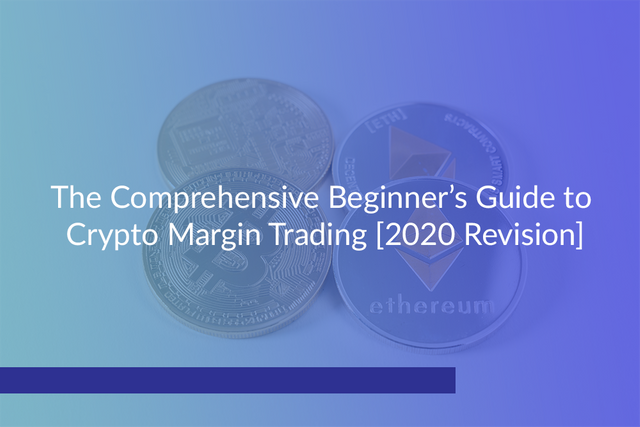
Cryptocurrency margin trading is one of the most potentially lucrative activities that can be undertaken online, and a huge boom in this space has been seen over the past few years.
2017’s epic bull run catapulted cryptocurrency into the forefront of the minds of many industrious people around the world, looking to use access to the internet and a penchant for risk-taking in order to try to build their wealth.
What’s needed when beginning to learn about crypto margin trading is strong information about the right and wrong ways to get started. Like anything that can potentially generate thousands of dollars per day, it is competitive and risk is inherent.
But that’s not to say that the risk involved with trading cannot be overcome and mitigated to a point where trading becomes more like a business investment and less like the spin of the roulette wheel.
It’s with this in mind that we will be taking a look at what cryptocurrency really is and also what margin trading is, as well as the future of cryptocurrency and a short list of the best places to margin trade cryptocurrency in 2020.
What is Cryptocurrency?
.jpeg)
Brief History of Crypto
Cryptocurrency was the creation of an anonymous person or group called “Satoshi Nakamoto” that released a whitepaper in 2008 outlining their new virtual currency and the underlying technologies that made it possible.
Shortly after the release of the Bitcoin Whitepaper, the Bitcoin blockchain was launched with the Genesis block being created in early 2009 providing a value of 50BTC to the miner that solved it.
Throughout the early days of cryptocurrency there were only a relatively small number of people that even knew about Bitcoin, with its value being less than $1 for a number of years, and the firs real price increase being around July 2010 when the price of one Bitcoin grew from $0.0008 each to $0.08 each.
As more and more people became interested in Bitcoin and cryptocurrency, the price of Bitcoin continued to grow with 2013 seeing two major bull runs that pushed Bitcoin’s all-time high to over $1,000 by the end of 2013.
Following this huge increase in value, more widespread attention started to be cast on Bitcoin and within the next two years, new cryptocurrencies began to be created.
The launch of Ethereum in 2015 allowed users to create their own cryptocurrencies easily for the first time, and this led to a boom in cryptocurrency creation, sales of tokens called ICO’s en masse, as well as punctuating the run-up to the last major bull run that ended in December 2017 with Bitcoin’s new all-time high of almost $20,000.
Crypto Mining and Consensus
.jpeg)
The technology that makes cryptocurrencies work properly is called “blockchain” and is based on some past work from as early as the 1990s combined with some very clever solutions to multiple computer science problems that presented themselves to anyone trying to create virtual currencies in the past.
Blockchain introduced the idea of having a consensus mechanism, which is basically a way for everyone involved in creating the blockchain to agree on which transactions should be included at which time.
“Proof of work” was the first consensus mechanism, and is what is used in Bitcoin and many other cryptocurrencies.
Proof of work is a process where many different parties compete to try to solve a very difficult computation problem at once by connecting their computers to the Bitcoin system.
Whichever participant solves the problem first is provided with a reward and is able then to select which transactions should be included.
This is then agreed on by all other participants and universally accepted as the next block in the blockchain.
What is Margin Trading?
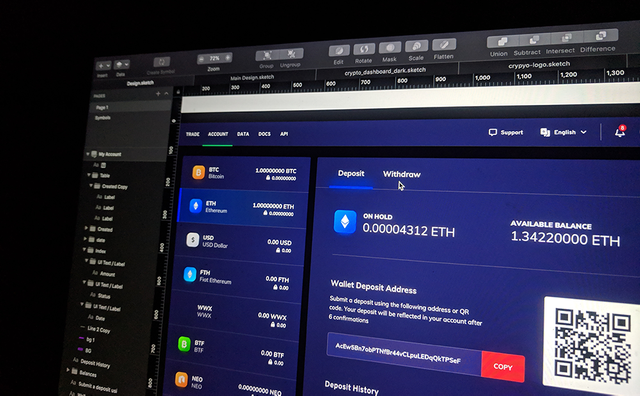
Margin trading is one of the most important concepts to understand properly as cryptocurrency traders, and can be split into two distinct tools that can be used to create trades that are not normally possible: Leverage and shorting.
Leverage
Leverage is the process of borrowing funds from a broker and then using those funds to create trades that are multiples larger than would normally be possible without leveraging.
For example, if the price of Bitcoin is $7000 and I have $700 to invest, I could purchase 0.1 BTC and then if the price went up by 5%, I would make $35 profit.
With the use of leveraging, I could create a leveraged long position at 50x with the same investment, which would mean that my position would be equivalent to owning 5 BTC, and the same 5% increase in the value of Bitcoin would now provide $1,250 profit.
Leveraging allows traders capitalize on periods of sideways trading, without needing to wait for large volatility in order to make profitable trades.
This is because normally very small range-bound price movements would only yield a very small potential profit for a relatively large amount of risk. With the use of leveraging small price actions can now yield profits at the same magnitude as during high volatility, but without needing large price actions.
Shorting
Shorting is the process of borrowing an amount of an asset from a broker, selling it immediately, and then waiting for its value to drop to a price lower than you borrowed at in order to the rebuy the same amount of the asset, repay the debt and keep the profit.
For example, I might feel that Ethereum is likely to drop in price over the coming days and open a short position on Ethereum.
I borrow an amount of Ethereum from a broker and sell it for USD. When the price of Ethereum does actually drop by 5%, I then use the USD to rebuy the same amount of ETH and then give that back to the broker.
Because the price of ETH is now cheaper, I pay less USD than I gained from selling the borrowed ETH originally, and therefore keep that profit which amounts to 5% of the amount I borrowed.
Shorting opens up opportunities to profit during downwards trends and price crashes, and this allows traders to generate profits in all conditions, not just by buying low and selling high.
Which are the Best Platforms to Margin Trade Crypto?
PrimeXBT
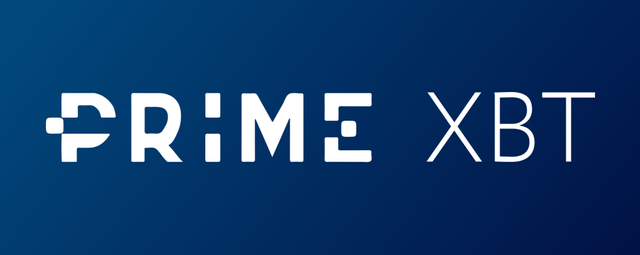.png)
PrimeXBT is the world’s leading multi-asset margin trading platform seeing average daily trading volumes of up to $550 million, while providing a wide range of assets to trade including cryptocurrencies, forex pairs, commodities, and stock indices.
PrimeXBT provides the highest leverage available at up to 100x for crypto-assets and up to 500x for traditional assets.
As well as this, the platform provides the lowest fees that we’ve seen at a flat rate of just 0.05% on all trades. This obviously has a strong impact on profit over time, and is an important consideration for us.
PrimeXBT’s 4-tier referral program has netted its top 3 affiliates over $1 million in 2019, and is one of the driving forces behind the platform’s growth of over 400% during the same time period.
Kraken
.png)
Kraken is one of the older platforms that crypto traders can use, but also has weathered the storm to come out as one of the most secure platforms on the market today.
Built by two of the investigators that assessed the Mt.Gox fraud, Kraken provides modest leverage of up to 5x, and throughout its life has not been hacked.
This is positive to counter a serious negative that the site has struggled with, which is its trading engine regularly shutting down and glitching.
Throughout the expansion of the market in 2016/17, Krakens systems regularly labored and were unable to deal with the scale of trades it was processing. Luckily since then, it seems that this issue has been dealt with.
Binance
.png)
Binance is known for being an all-crypto platform which provides a native token to reduce fees.
Binance’s fees are up to 25% cheaper with the use of BNB, however still at the high end of the market even with these discounts.
For those who margin trade on Binance, up to 3x is available — this, to be honest, is low and the team behind Binance should consider increasing this to match other platforms.
What is the Future of Crypto Margin Trading?
Crypto Trading Platforms
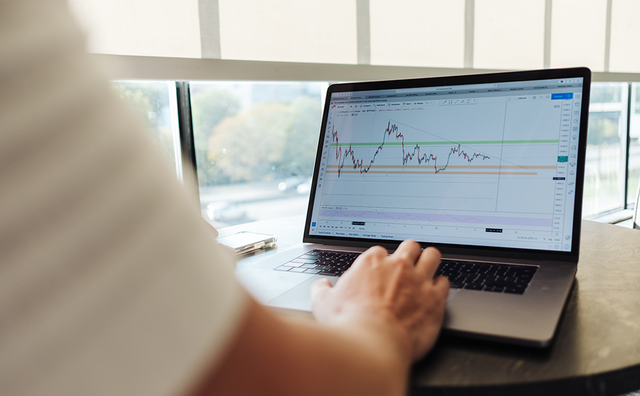
Crypto trading platforms have significantly improved their services over the past decade, with many new exchanges and brokerages integrating advanced new features and providing high-grade technological systems that ensure seamless trading experiences.
This trend will only continue into the future, as more and more new traders enter the market this increase in trade volume will then incentivize more trading platforms to try to take a piece of the pie, with that competition further increasing the standard for providing crypto trading services, and that cycle repeating on itself.
Institutional Investors
As well as an increase in retail investors, the trend for more and more institutional investors to move into the cryptocurrency market will increase as the investment superhighways that are now being worked on such as Bakkt and the Bitcoin ETFs will be completed and then grown.
The size of traditional investment markets is magnitudes larger than the size of crypto-asset markets at this point, and if even a small percentage of traditional investment money was able to freely flow into crypto markets, the upwards impact on price would be significant.
It’s argued that the next bull run will be largely fuelled by these new avenues for institutional money to hit cryptocurrency markets.
Widespread Adoption

Cryptocurrency enthusiasts and investors have pondered on the potential for widespread adoption within the mainstream since the inception of Bitcoin.
The impact that the ubiquitous use of cryptocurrency would have on the value of any individual cryptocurrencies that were being used throughout society would be huge. The potential profit for traders that purchase prior to this, and sell following it could be a one-off opportunity like no other.
If the trend for the exposure of cryptocurrency continues, then next bull run will likely project Bitcoin and company into the consciousness of most of the world, especially if new all-time highs in the range of $50,000 — $500,000 are set this time around.
What are the Best Crypto Margin Trading Strategies?
Leverage Range Bound Price Action
As we mentioned earlier, one of the main benefits of using leverage is that small range bound price actions can still generate profits that make it feasible to trade them.
One strategy for trading cryptocurrency that many don’t consider is to develop a method of reliably identifying range bound patterns, and being able to predict when these small trends will turn around, and then leverage trade these patterns for significant profit.
Bollinger bands can often be a great indicator of trend changes during range bound sideways price action, and combining the use of Bollinger bands to find turning points, along with high leveraging can lead to a reliably profitable with relatively low risk.
Shorting Pumps
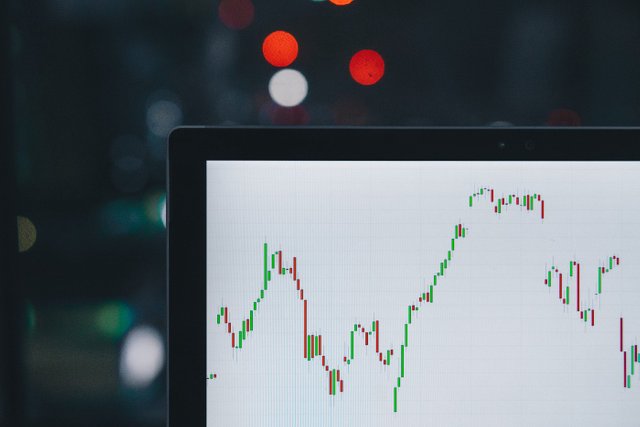
Pumps are short-term, large increases in the price of a cryptocurrency, and are notorious amongst cryptocurrency users.
Pumps present one of the best ways to make money, if you can catch them. But what many traders ignore is the significantly easier method of generating profit from pumps by shorting the top.
When a pump runs out of new buyers it begins to stall. Sometimes this can be a fake-out, where even higher prices are then attained, but often this is a strong indication that the pump is about to give way to mass sell-offs.
In this situation, shorting the pump, and waiting for the price to crash back down profitably is a strong candidate for a strategy with the lowest risk and potentially highest reward.
Stoplosses places above the short entry point can further reduce the risk of these kinds of trades.
Long Upwards Breakouts with Leverage
Breakouts are price actions where a pattern which has provided support or resistance in the past has no been broken through with a large amount of momentum.
For example, the leading edge of a descending triangle may have held as resistance for many attempts by bulls to break upwards, with this pattern moving prices lower and lower until almost reaching the bottom edge. Once there, bulls may pump the price upwards, through the previously impenetrable leading edge with a large amount of volume compared to over the recent timepoints.
This breakout shows that bulls have won the battle to move upwards out of the descending triangle, and this could be a reliable entry point for a long position. The more reliable a position is, the more suited to using leverage it is — and with a high probability of this breaking indicating a trend upwards trend being formed, leveraging this breakout to the upside makes sense.
What are the Risks of Crypto Margin Trading to Avoid?

Liquidation
Liquidation is when a margin position has the price move against it to a degree large enough in order for the entire margin to be used up.
While this is obviously not a desirable outcome, there is a simple way to protect margin positions from having this happen — stoplosses.
Stoplosses are orders that execute a limit order whenever a certain price is crossed through by an asset.
For example, if a stoploss is set to execute at the Bitcoin price of $7,000 with the limit being set at $6,950, that would mean that if the price moved down to $7,000 the system would immediately initiate a sell order at $6,950 for whatever the amount of Bitcoin is being traded.
Stoplosses are a great way to margin trade safely and are easy to implement within the best crypto margin trading platforms.
Scam Exchanges
There are many exchanges, such as the ones mentioned in this article, that are high quality and protect their users’ funds with advanced technologies.
However, it’s sad to say that unfortunately there are cryptocurrency exchanges throughout the years that have turned out to be full-blown scams and have stolen money from their clients.
More recently, crypto margin trading platform, Bitmex, has been investigated for potential criminal actions by the U.S CFTC and has been heavily accused of trading against their own clients.
Avoiding scam exchanges can be accomplished by doing enough research to be sure that platforms are safe.
Missing Out on the Next Bull Run
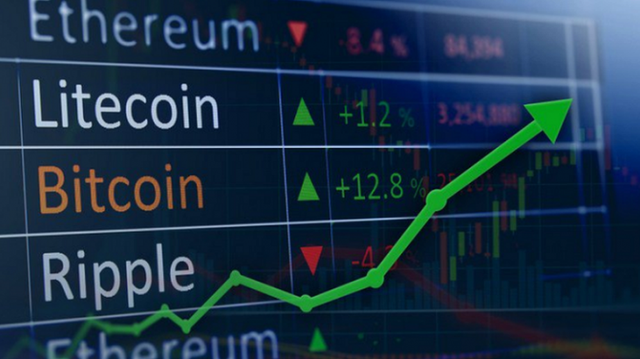
Every 4 years there is a large bull run in cryptocurrency markets which drives prices and ROI’s to astronomical levels.
This is largely as a result of Bitcoin’s halvening taking place every 4 years and signaling the beginnings of an upcoming bull run.
The next halvening is in 2020, with many predicting that a bull run will culminate at around December 2021.
Like all of those that have come before, this bull run if it occurs could push prices to dozens or hundreds of times higher than current prices, and missing this 4-yearly event may or may not be a really bad move.
Again, do your own research, and consider whether right now we might be at the bottom of the next bull run.
In Conclusion: Crypto Margin Trading
Crypto margin trading is popular — really, really popular. And the reason for that is simple: when done right it is the smartest way to trade.
There is no more efficient use of capital than to leverage it to maximize returns, and with the kinds of high-quality crypto margin trading platforms mentioned in our list available today, this efficient use of capital is then coupled with the reliability needed to create long term revenue streams.
But as with anything, all risks need to be considered and combated. Luckily there are some sure-fire ways to do so that apply, not just to cryptocurrencies, but to margin trading any financial assets.
And it’s with this that we would encourage anyone looking to start crypto margin trading to do your own research on the platforms available, starting with the ones mentioned here, and then to thoroughly consider the wide range of different strategies available that all have own unique pros and cons.